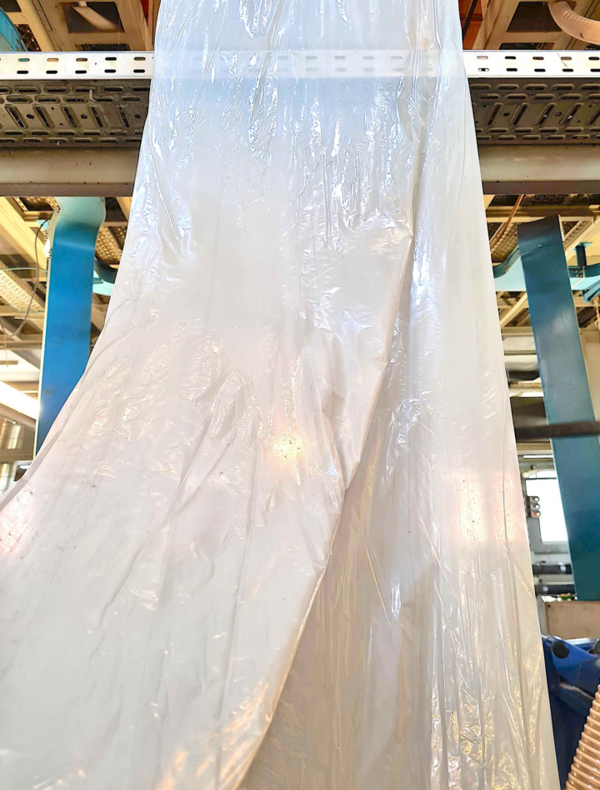It is characterized by high separation efficiency and large volume throughputs, which is why the recycling of films with low bulk densities is also economical. The system is suitable for series production and is based on a simple and resourcesaving technology. It does not require complex NIR sorting technology or the use of water.
Pla.to Technology will present its newly developed separation process at the K Trade Fair from October 19th to 26th in Hall 9 at Booth D17, where the company will also showcase its recently introduced first industrial solution for bottle-to bottle recycling of cosmetic bottles made of highdensity polyethylene (HDPE).
Cooperation with Zittau-Görlitz University of Applied Sciences
The recycling specialist Pla.to developed the separation process as part of a joint research project with the Zittau Institute for Process Development, Recycling Management, Surface Technology and Natural Materials Research (ZIRKON) at the Zittau-Görlitz University of Applied Sciences. It makes a contribution to recovering Polyethylene for sustainable recycling and closing the material cycles of the corresponding polymers.
Two-stage separation process is optimized for high film throughputs
The process is based on two stages: in the first step, a new conditioning process changes the aerodynamic properties of the single and multilayer films to varying degrees. This allows the materials to be sorted in the second step in the air sifter. To enable this separation, Pla.to has adapted the separator to the materials to be processed and optimized it for small bulk densities.
Material cycle from film to film
The process was tested, among other things, on real material mixtures such as the Green Dot’s 310 film fraction from the post-consumer sector. The polyethylen (PE) recovered in this way were not only processed into reusable granules, but also successfully used to blow new films, completing the cycle from film-to-film.







